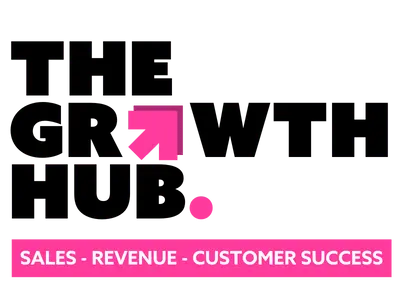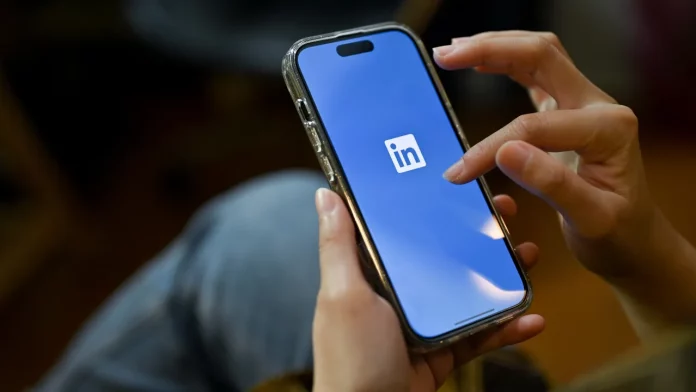For business communications, LinkedIn is probably the most potent social channel you have available. Twitter, Facebook, Instagram and co. are great for branding, building personality, providing value and more, but LinkedIn is the channel that can directly lead to selling opportunities. The best thing about it is it’s great for all business, large, and small.
Simply put, LinkedIn is a great channel for businesses that want to connect with their customers, but also for B2B companies looking to network and find leads. But, lots of businesses still don’t know how to use LinkedIn properly to get the most out of it. Assuming you have a company page (if you don’t, ermm), here’s our guide to getting the most out of LinkedIn.
Starting with LinkedIn
Salespeople are generally keen on targeting specific people. The key thing when getting started with LinkedIn is, therefore, making sure your profile is set up accordingly. Ask yourself, what do my prospects care about most? It’s not how many golfing trips you’ve been on. But it is how you help businesses similar to theirs. Your headline should take this into account. For example, ‘Ben, helping enterprises move data to the cloud’, says who you are and what you can do to help them. Alternatively, use ‘Salesperson’ or ‘Business Development’ instead of your name.
Your summary should follow suit. Don’t write an essay, don’t boast about how good you are at selling (that puts people off as nobody really wants to be sold to) and focus on what you can to help the people you want to reach. Briefly describe what you do, articulate your value proposition, say what businesses you’ve helped and throw a bit of personality in there too. You want to be personable.
In the actual body of your profile, ensure you have kept your work experience and education up-to-date, and keep responsibilities for each job role brief, preferably bullet points, focusing on how you helped your customers. For example, ‘helped 250 businesses save 25% year-on-year’.
Lastly, use a picture. Any picture is better than none (your profile is 14x more likely to be viewed by having a picture), but preferably a presentable and professional one. People want to put an image to the name.
Prospecting on LinkedIn
Now you are set, it’s time to start prospecting. And LinkedIn is the land of plenty when it comes to this. The search bar is the most common feature, enabling users to search its huge database, see mutual connections, and filter by specific job titles, companies and more. It’s a great starting point for finding potential customers that fit your targeting. If you set up some good filters, you can also save your search to speed up the process.
LinkedIn Sales Navigator is what will take your prospecting to the next level – it’s worth the investment. This tool improves your search function and, more interestingly, saves leads directly into your CRM. That reduces admin time, meaning more time spent making calls. The tool allows you to even close deals, as well as the sending of InMails and lead generation tactics.
The ‘people also viewed’ sidebar is another handy prospecting function that shows similar people to the prospect you have found from the prospect’s profile page.
Selling on LinkedIn
LinkedIn isn’t only good for networking and finding people to sell to, but also directly selling. The InMail feature, for example, allows you to directly message other users without being in a connection. However, LinkedIn is a far more valuable channel that just direct sales.
Providing value with content is the perfect way to engage with your target prospects. If your salespeople are sharing original, interesting content, and commenting on other people’s content, it can help start strong relationships. Once you’ve begun a conversation on LinkedIn, you can take it off the channel when it’s ready. See content as ‘priming’ your audience.
LinkedIn Groups are another good way to get in front of your target audience. Find ones that are relevant, but don’t just bombard them with sales spiel. Focus on value and build good connections.
You should also think about personalised connection requests when you find a worthy prospect. They are far more successful than generic notes – try using their name, offering a piece of content, or discussing a mutual connection.
When conversations are ready to be taken offline, hopefully having built a good rapport, offer up a more in-depth sales call or meeting to discuss how you can help them.
Your business channel
LinkedIn, used the right way, is a powerful sales tool to have in your locker. So get your sales team using it properly, optimise your own profile, and start connecting with prospects.




